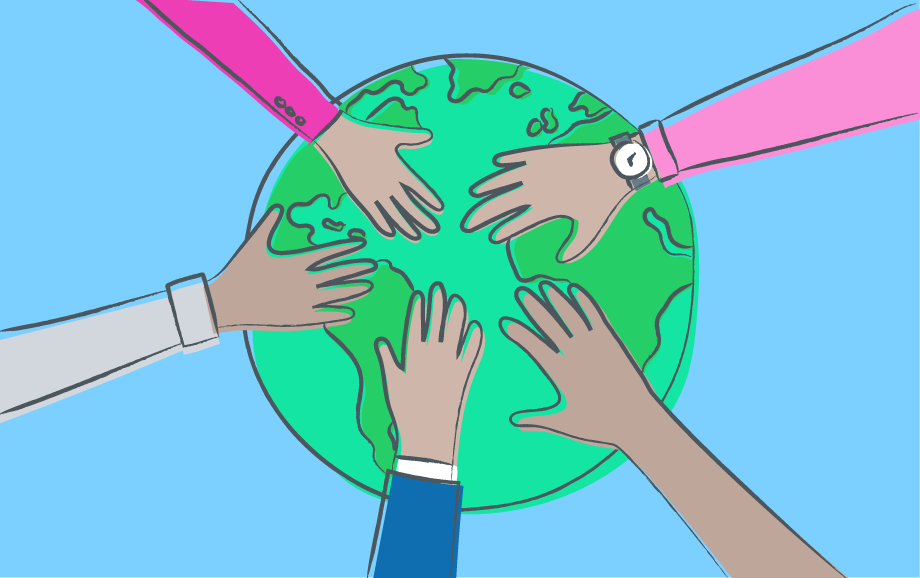Section 2: How To Communicate With Your Audience
Step-by-Step Guide to CSO Social Media
Good communication connects with people. This chapter will show you how to get your audience’s attention and make your message connect with them.

The internet has democratized publishing. You no longer need special equipment, skills, or distribution channels. Given the right tools, anyone can now get online and become a publisher within seconds, and the amount of data in the world is rapidly increasing. Just because something is on the internet, however, doesn’t mean it’s a good piece of communication.
Good communication connects with people. It has an impact on them and makes them think, feel, or act in response to a message.
You should be aiming for good communication with every piece of information you publish. No one wants to waste time, effort, or resources producing something that people won’t read or see.
This chapter will show you how to get your audience’s attention and make your message connect with them.
Getting to know your audience
Everyone is not your audience! If we said our target audience was everyone, that would mean almost 8 billion people on the internet! They are not all interested in your message.
You need to make sure you have a clear idea who your audience is and why you want to communicate with them. Think about what kind of people they are; what they like to do or watch; what they are motivated by. This information will help you find a way to connect your message to your audience.
How can you communicate a message that connects with parts of your audience’s daily life or experiences? A good exercise is to create a “day in the life” of a typical member of your target audience. Write down what you think they do in a day. This may give you some inspiring clues to connecting with them. If they’re online early in the morning, that might be a good time to post your content. If they’re football fans, maybe you can get their favorite football players to help your campaign.
Knowing more about your audience will help you to understand the kinds of messages they will respond to and, ultimately, to create impact.
Tell powerful stories that connect
Stories are how we relate to each other as humans and establish emotional connections. We are told stories as children and continue to tell them throughout our lives. Politicians tell us stories about their vision, and businesses tell us stories about their brands. We tell stories to those around us everyday to teach, entertain, and motivate.
Use the power of storytelling to connect with the audience that you identified in “How to Connect Social Media with the Real World.” You need to connect with the hearts of your audience to inspire positive change. Your message needs to resonate with them.
The “4Ps” of storytelling
There are four key elements common to all good stories.
People
Who is in the story? A human character is the best way to make a connection with the audience, because they get interested in what happens to the character.
Place
Where does the story take place? Location gives depth to your character and the story. You can use it to visually communicate a lot of information in a short time.
Plot
What is the twist or tension in your story? Really good movies are the ones that surprise you. There’s a twist that you didn’t expect. Build tension in your story to keep the audience guessing, or simply tell them something they don’t know. You can even start your story with a thought-provoking fact or statement like “Extremism doesn’t work” or “Violence shows you are weak!”
Purpose
Why should anyone care? Show your audience why the subject matters.
Four different types of storytelling
Some types of storytelling appeal to some audiences more than others, and some are more practical for the storyteller. Here are four different ways to tell your stories.
Oral storytelling
We spoke before we learned to write. This is true of both ancient and modern people. Preliterate oral culture is still vigorously alive among some populations, such as indigenous groups in Australia, where song, chants, and spoken stories pass ideas from one generation to another.
Listening to a human voice can be very compelling, especially the voice of an authority figure. Imagine how powerful a simple message from a famous and highly respected singer could be when transmitted to your audience.
Podcasts are a modern storytelling medium that can make words travel far. They often feature real people telling their stories and can reach audiences all around the globe. Consider using audio interviews or voice recordings to share your story with your audience. You could also create a voice message campaign that people could simply forward to their friends. This would be particularly effective for audiences with low literacy rates.
Visual storytelling
Ancient cave paintings and modern Instagram feeds both tell visual stories—stories that people can see and follow. Many of us absorb information visually more quickly than by reading text. A photograph or an illustration can quickly convey ideas and emotions and make us think differently about things. Visual storytelling can be both powerful and extremely efficient.
Anyone can take a photograph with the touch of a button. It only becomes a story if there is a message in the image or an idea in a series of images. It’s how you tell the story with the photographs that matters. That is the true art of storytelling.
Visual storytelling is a good way to connect emotionally with your target audience. It is also useful for audiences with low literacy rates.
Written storytelling
The printing press made the written word a medium of mass communication. New forms of storytelling—novels, essays, newspapers, and posters—could now reach enormous audiences.
For deep analysis, consider blog posts. A blog post can be as long or as short as you need. A series of tweets on Twitter can perform much the same function for that audience.
Handwriting still has a special power. Witty, humorous protest signs are irresistible. Photographs of handwriting add a touch of human passion and personality to your message that keyboard text cannot provide.
Digital storytelling
The smartphone has emerged as a world-changing device that brings together text and images, video and sound into an unprecedented storytelling tool. The power of a printer, a publisher, or a movie producer can be held in our own hands. Everyday, people are telling their own stories in posts on social media. Everyone is a storyteller.
Social media is fast, creative, and adaptive. Blogs are better for telling longer stories. You can use more words. Tweets are great for short, sharp announcements and observations, but people have adapted limited-character formats to tell longer stories by linking several posts together. This happens on other platforms too. Users create new ways to tell stories.
Remember
In order to communicate effectively with your audience you need to:
- Clearly identify your audience
- Get to know your audience; what they think, feel, and do.
- Tell powerful stories that connect your audience with your message.



 Back
Back